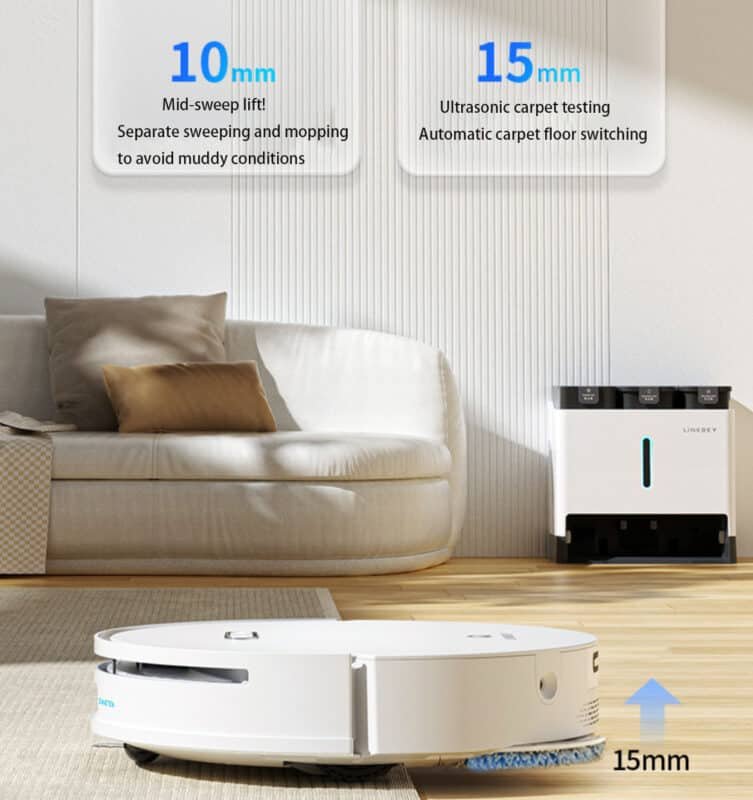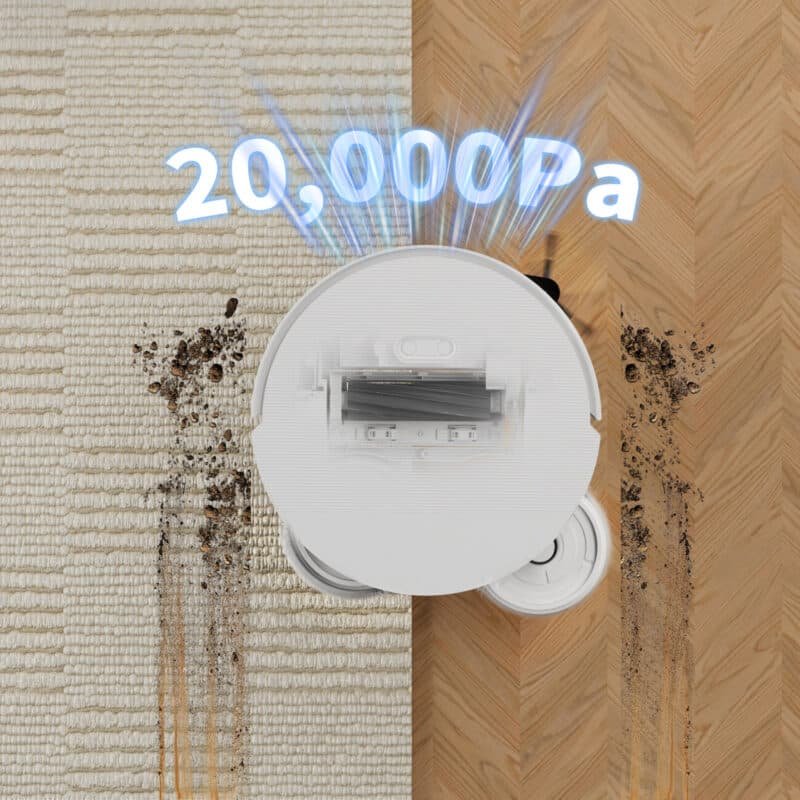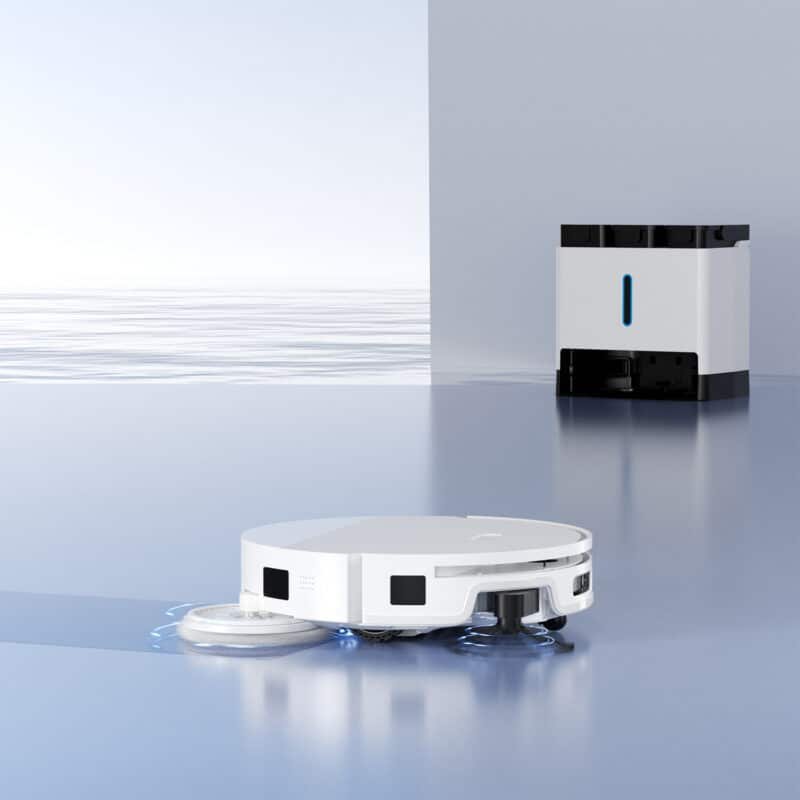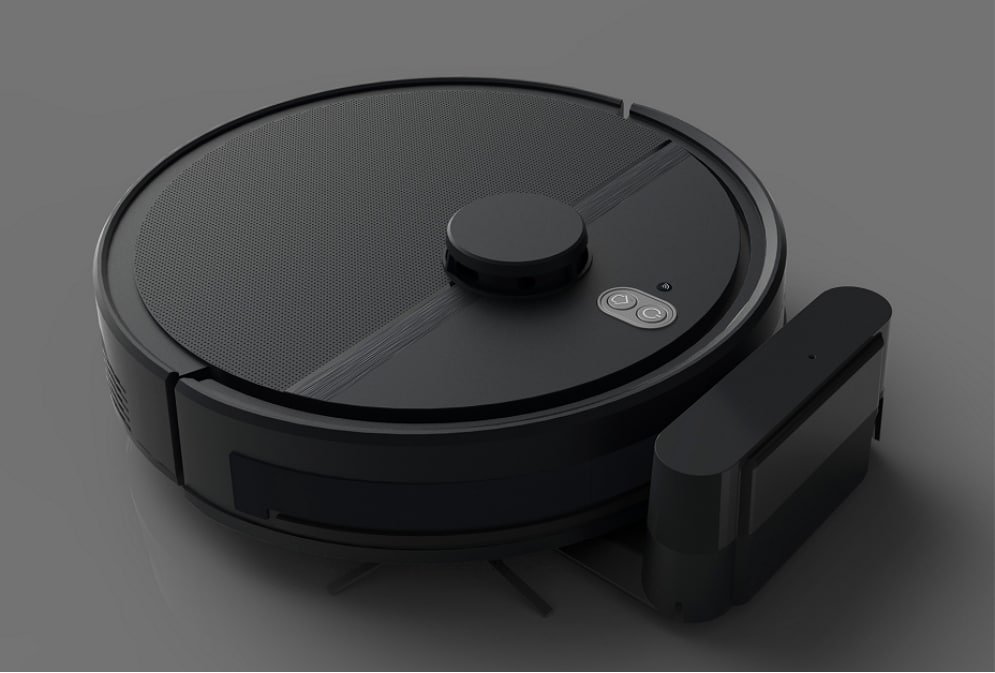For B2B buyers in the competitive US home appliance market, understanding product heritage can be a unique selling proposition. A question that often arises is, (Who invented the vacuum cleaner?) While knowing that Hubert Cecil Booth patented the first motorized vacuum in 1901 is a historical footnote, its real value lies in framing the evolution to today’s smart devices. American consumers are increasingly asking, (What is the best vacuum cleaner?) and the answer is increasingly “advanced robot vacuums.” This article will guide you on how to use this legacy of innovation, combined with a reliable supplier and robust supply chain, to build a successful robot vacuum brand in the US.
Customer Pain Points: Overcoming Market Saturation
US retailers and distributors face significant challenges when introducing new robot vacuum brands:
Brand Trust: Establishing credibility in a market dominated by a few big names is difficult. Consumers want to know the What is the best vacuum cleaner? but are hesitant to try unfamiliar brands.
Quality Assurance: Inconsistent product performance leads to high return rates and damaged reputations.
Supply Chain Disruptions: Unreliable inventory can cause stockouts during key sales periods like Black Friday.
Lack of Differentiation: Products without a compelling story or unique features fail to capture retailer and consumer attention.
Solution: Building on a Legacy of Innovation
The solution is to partner with a supplier that embodies the innovative spirit of the original inventors. Just as the person Who invented the vacuum cleaner? solved a major pain point, your partner should solve yours with modern solutions. A supplier with verifiable ISO certification ensures every robot vacuum meets the highest quality standards, building the trust needed to answer “What is the best vacuum cleaner?” with confidence. Furthermore, a resilient supply chain guarantees consistent delivery to the US market. For true differentiation, leverage OEM services to create custom-designed robot vacuums that address specific American needs, such as large-home battery life or pet hair specialization, effectively building your own chapter in the history that started with the individual Who invented the vacuum cleaner?.

Technical Parameters: The Modern Blueprint for Success
When evaluating a robot vacuum supplier, demand transparency on these key parameters, backed by ISO certification:
Suction Power (Pa): Look for models with a minimum of 2500 Pa, with high-end units reaching 4000+ Pa for deep carpet cleaning.
Navigation Technology: LiDAR-based navigation is the industry standard for efficient, obstacle-avoiding cleaning paths.
Battery Life: Aim for 150+ minutes of runtime to cover large American homes, with auto-recharge and resume functionality.
Smart Home Integration: Compatibility with Amazon Alexa and Google Assistant is non-negotiable for the US market.

These specs represent the modern answer to the quest for the What is the best vacuum cleaner?, a far cry from the first machine invented by the pioneer Who invented the vacuum cleaner?.
Client Case Study: From History to Market Victory
“AlphaTech Distributors,” an importer based in California, struggled to differentiate its small appliance lineup. They partnered with us, a supplier with a strong commitment to innovation, much like the spirit of the inventor We emphasized our ISO certification and robust supply chain to ensure product quality and reliable delivery. Utilizing our OEM services, AlphaTech launched a private-label robot vacuum with unique mopping capabilities, marketing it as the modern evolution of cleaning technology. By framing their product within the historical context of “who invented the vacuum cleaner,” they created a compelling narrative. This strategy successfully positioned their brand as a credible answer to resulting in a 60% sales increase within key US retail channels.
FAQ: Common Questions from B2B Clients
Q1: Why is knowing ‘ relevant to my business today?
A: Understanding the heritage of the vacuum cleaner provides a powerful narrative. It allows you to position your brand as part of a continuous innovation journey, answering ” by showcasing how your robot vacuums are the heirs to a long legacy of solving cleaning challenges.
Q2: How can we verify the quality claims of a robot vacuum supplier?
A: Always insist on partnering with a supplier that has ISO certification. This independent verification ensures that their manufacturing processes and final products meet international standards for quality, safety, and performance, protecting your brand.
Q3: Do you offer customization for the US market?
A: Yes, our comprehensive OEM services are designed for this purpose. We can customize everything from suction power and battery life to external branding, helping you create the perfect product that retailers can confidently market as the for their customers.
Q4: What is the best vacuum cleaner for today’s market?
A: The is undoubtedly a smart, connected robot vacuum. It represents the peak of convenience and effectiveness, a direct result of the innovation that began with the individual over a century ago.



